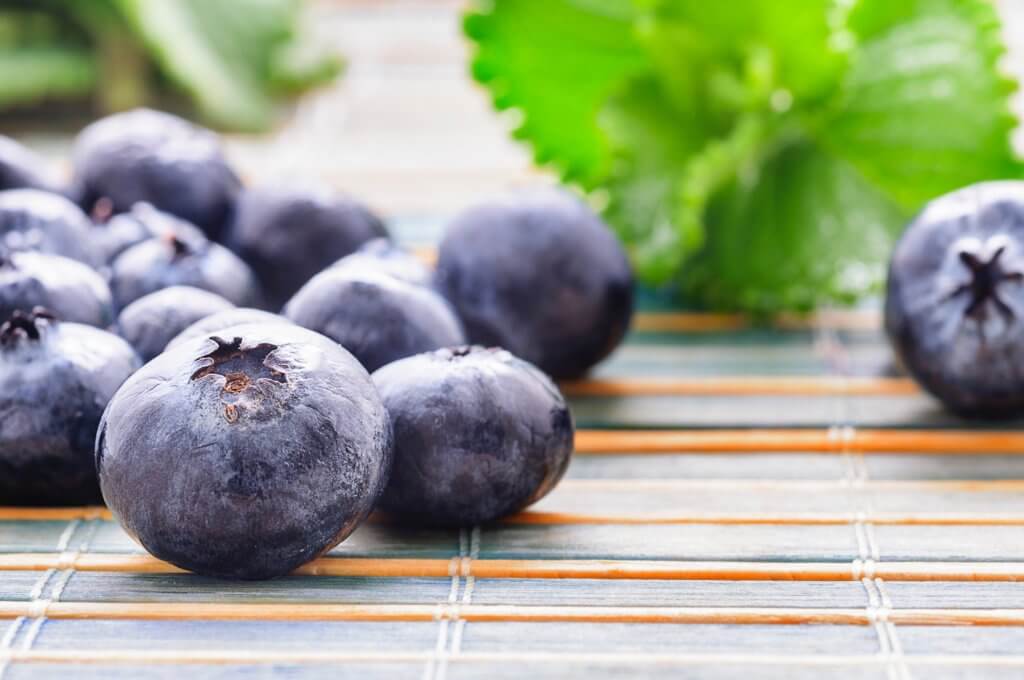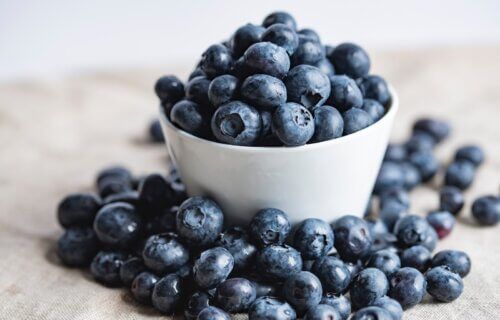What you put into your grocery cart, and subsequently your home, is what matters most when it comes to what goes on your plate. Ideally, your carts are filled with a wide variety of fresh fruits and vegetables, but frozen is often just as good or even better. One of the most nutrient-dense fruits you can get your hands on is found in the frozen section, and you might be walking right past it.
Frozen blueberries are a common addition to things like smoothies in many people’s kitchens because of their low sugar content yet high antioxidant properties. However, wild blueberries take what you may love about regular (cultivated) blueberries to the next level. These berries are arguably one of North America’s most natural crops. They’re one of three berries native to this part of the world, and they vary greatly from what one might typically envision when they think about blueberries.
Wild berries grow entirely wild, meaning nobody plants them, and that’s how it’s been for thousands of years. They can be found in lowbush areas and rocky terrain. Regular blueberries grow in very specific environments under careful conditions in highbush areas. In fact, wild berries usually need to be hand-harvested rather than picked with traditional machinery because of where and how they grow. These berries are also much smaller in size with a stronger flavor and can come in purple or even black colors.
For the average consumer, the biggest difference between the two types is the nutritional content. Any type of berry will likely be one of the most nutritious fruits you can get, but what makes wild blueberries stand out? Here are three health reasons why you should be eating them more often:

1. Extremely high antioxidant content
Blueberries in general are naturally high in antioxidants, specifically anthocyanins. These compounds are deep red, purple, and blue pigments that have been shown to lower blood pressure, reduce risk of heart disease, prevent neurological decline, and even slow cancer growth.
Despite their tiny size, wild blueberries can pack more of these antioxidants than cultivated ones. Their higher skin-to-pulp ratio means they have less water and more room for housing nutrients. In fact, studies have shown that these berries actually contain twice the antioxidant content in comparison. So, if you’re looking to optimize your consumption of cancer-fighting compounds, getting your hands on wild blueberries is a great place to start.
2. Incomparable levels of manganese
When you think about the nutrients you need, you probably aren’t immediately thinking of manganese. This essential trace mineral is required for proper brain, nervous system, and enzymatic functions in the body. Studies have also shown that it supports blood sugar regulation, bone health, and wound healing.
Just one cup of wild blueberries can provide you with 200 percent of your daily value for manganese, equaling out to providing eight times more than regular blueberries.
3. Top source of fiber
By now, many people know how important fiber is to overall health. It helps keep blood sugar in check, regulates hunger, improves gut health, and keeps your bathroom trips regular. However, most Americans aren’t getting enough fiber in their daily diets, according to recent studies. Low fiber diets have been linked to poor gut health, irregular bowel movements, weakened immunity, and even colon cancer.
All fruit contains fiber, so whatever you have on hand and enjoy is great, but wild blueberries make it easy to get the most bang for your buck. Just one cup can give you 25 percent of your daily recommended intake, providing you with over 70 percent more fiber than regular blueberries.
Bottom Line
There are so many fun ways to include wild blueberries into your diet, and as a dietitian, I eat them almost daily. I often enjoy them in smoothies, over yogurt or oatmeal, in cereal, or adding them to baked goods like muffins or fruit crumbles. They are also super sweet with a potent berry flavor, making them a great choice to snack on by themselves. Depending on where you are, you’re likely to not find fresh, wild berries. So next time you’re in the frozen fruit aisle, pick up a pack to take your nutrition to new heights.

